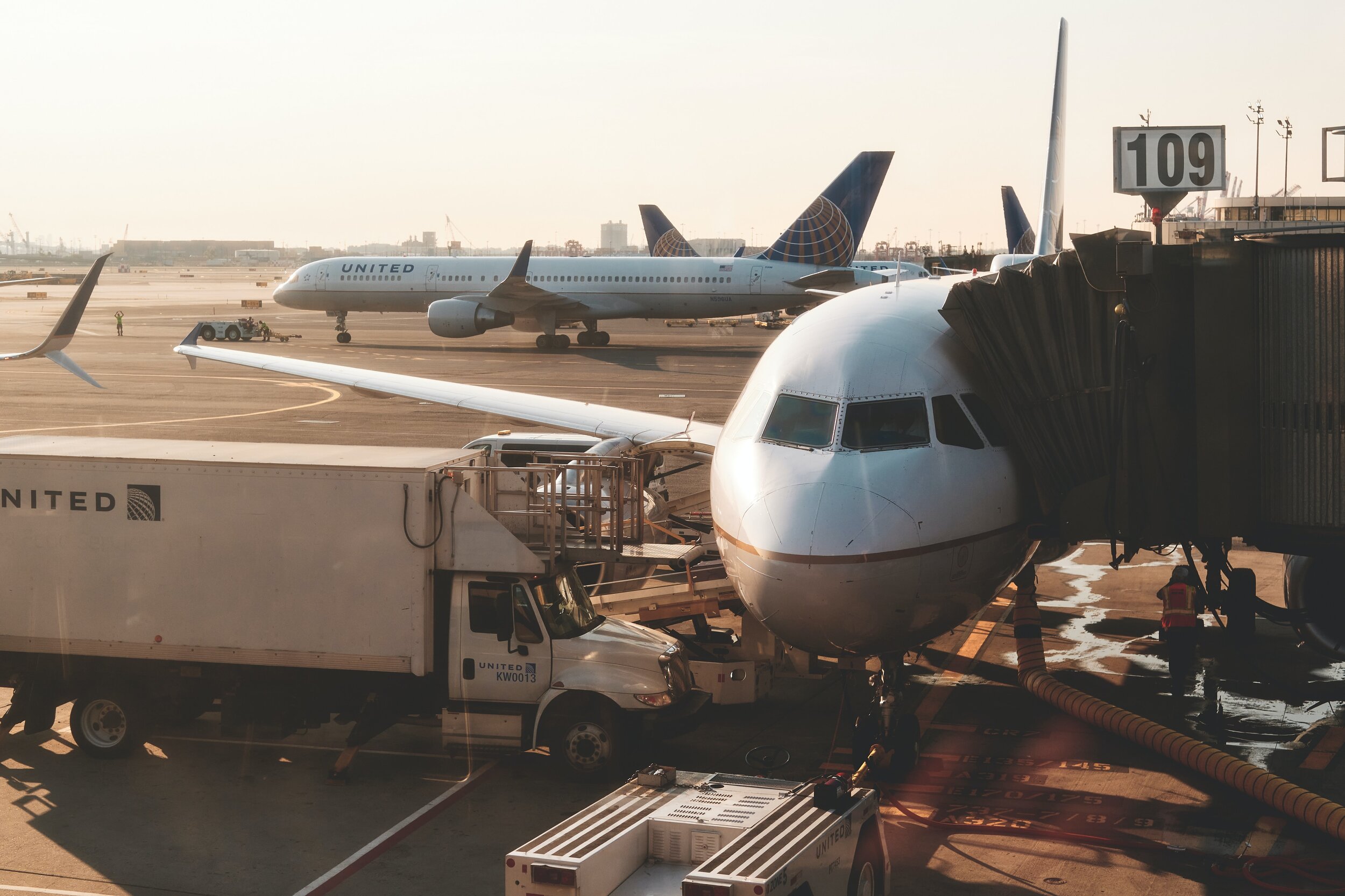I recently attended a breakfast with USCG and Port State Control leadership and was reminded that any ship coming directly from China that has a crewman exhibiting the signs associated with the coronavirus will “probably” receive a Captain of The Port Order (COTP) denying it entry.
And before you decide to not report the presence of a sick crewman, let us remind you that failure to report a sick crewman will result in, at a minimum, a $96,000 financial penalty.
Before your ship’s arrival in US waters, we will ask the captain if anyone on board is ill. We will send him the national Center for Disease Control’s questionnaire, which asks him to either confirm that no one on board is ill or to describe the symptoms of anyone who is.
There are also new procedures to follow regarding the local pilots. Those procedures are intended to minimize the risk of spreading the coronavirus, not so much from your crew to the pilots, but from the pilots to your crew. Here they are:
* In the hour prior to Pilot boarding, wipe down the entire bridge with a 5% solution of bleach water. (Chart table, instruments, chairs, helm, entire console, windows, etc.)
*any crew member entering bridge should thoroughly wash their hands and face prior to entering the bridge, and their hands again immediately upon entering.
* any member of the bridge team should gel their hands immediately after touching their face at all, PILOT INCLUDED! Pilot should make this awareness a part of MPX. It is second nature to itch ones nose. If the helmsman sees the pilot do it then speak up!
* all coffee cups and utensils on bridge should be washed thoroughly.
* Pilots should NOT be using ships coffee cups! Bring your own.
* Do not eat on the bridge, nor let anyone else do so while onboard.
* cool and dry conditions on the bridge. Hot and steamy is the best conditions for a virus to stay alive on surfaces.
* Please only allow the essential personnel allowed in the wheelhouse while a pilot is onboard.
You may find additional guidance from the USCG in the link below.




